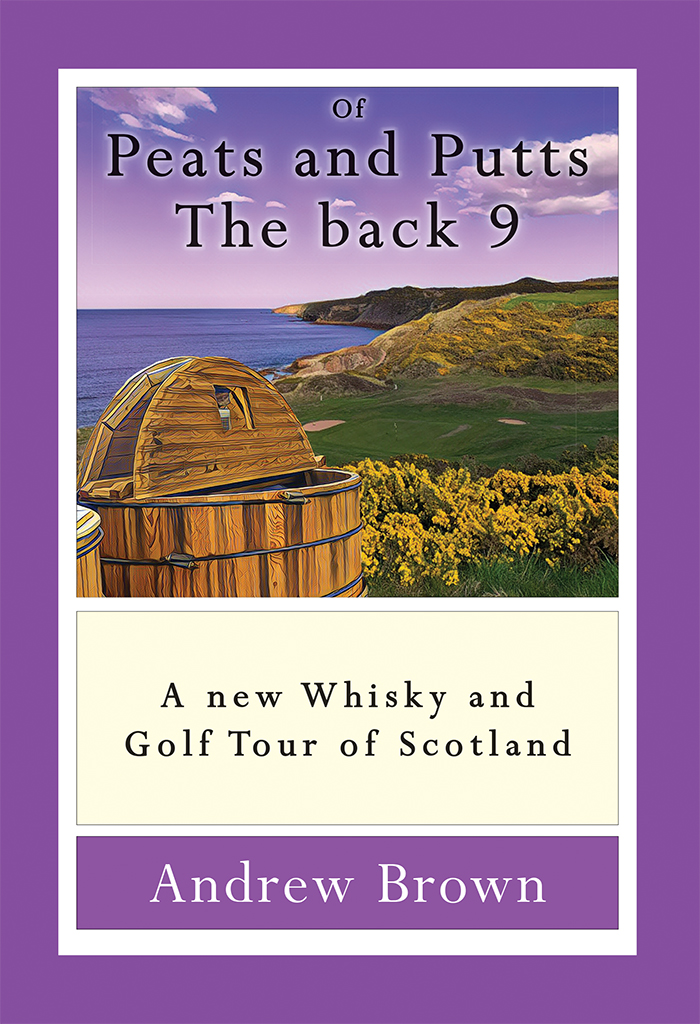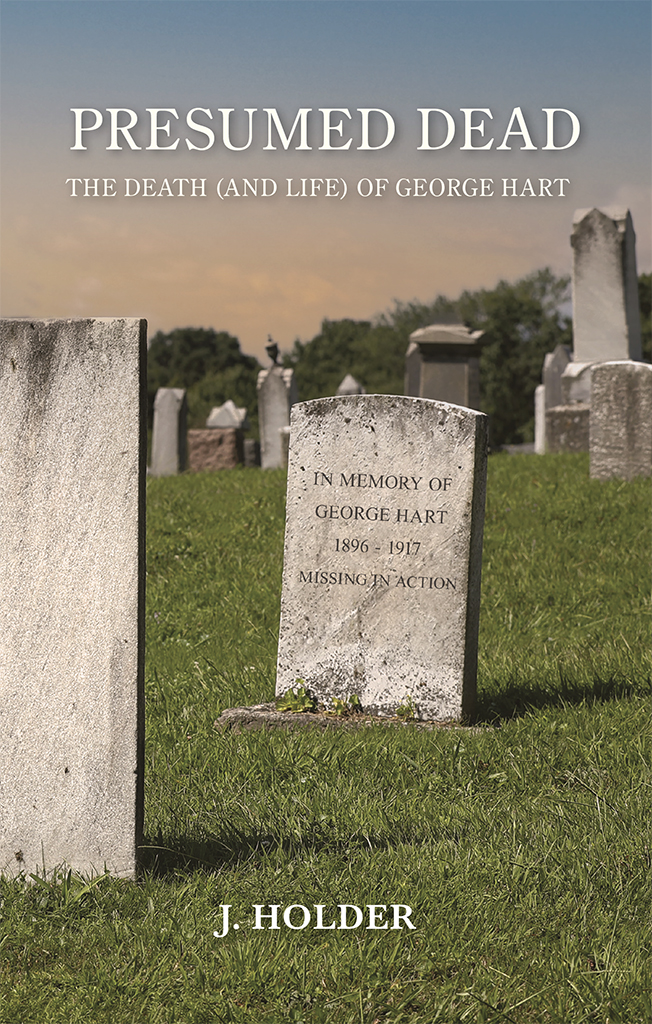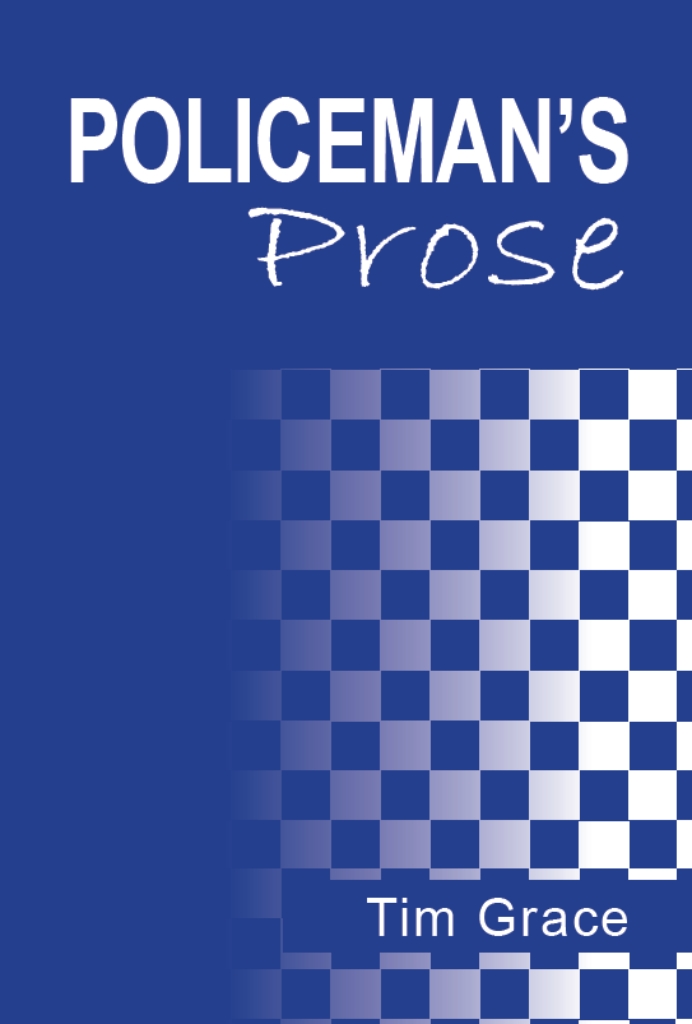Reviews of Peats and Putts...
Charles Maclean, Whisky Writer and Master of the Quaich
It is astonishing that until now nobody has sought to bring together Scotland’s two greatest gifts to the world – whisky and golf.
This little book is a personal journey of discovery. In ten chapters, each devoted to a region or county – from Sutherland in the north to East Lothian in the south and Islay in the West - Andrew Brown reviews a golf course and a locally made malt whisky.
As he travels from one place to the next he ponders how and why these two products developed in Scotland and what it is about the country, its landscape and people, which connects them. As he writes: “Both whisky and golf are more than just a drink and a sport; both can be seen as metaphors for the vagaries of life itself.” Indeed!
Golf Quarterly Review June 2018
This is a delightful, well-written little book – part travel guide, part history, part personal philosophy, and part unwitting nationalist tract (what better way, after all, to celebrate Scottish distinctiveness than through writing about its two most famous exports?). It takes the form of a tour of nine regions of the country, in search of the author’s favourite distilleries and favourite golf courses along the way.
I can imagine peripatetic golfers with a fondness for an evening dram, or whisky aficionados with a set of clubs in the boot of their car, packing this little volume and reading up on pleasures planned for the following day. It will be equally enjoyable, though, with a glass of single malt to hand in the privacy of your own home.
What gives the journey special significance is the author’s playful exploration of the similarities and connections between whisky and golf. Andrew Brown, a native Scot who spent most of his career in the food industry south of the border, suggests that location, history and architecture are crucial to the two experiences. History, for instance, is an important part of the narrative that accompanies both playing and drinking. Just as we like to know the origins, ownership and social impact of a particular whisky brand (notwithstanding the marketing hype), so hearing about how and when a golf club was founded, who played there and who designed and changed it invariably enriches a round of golf.
Perhaps design is the most striking common factor given the simple, limited and seemingly unpromising ingredients that course architects and whisky manufacturers both start with. All golf courses are hewn out of sand and soil, while the essential elements of any whisky are also the same: only malted barley, water and yeast are permitted in anything that calls itself Scotch. What produces so many different and unique variations of the spirit is everything from the distilling process to the local landscape, whether it be the taste of the water, the quality of the soil, or the extent of the annual rainfall. In the case of golf it’s the eye and skill to use nature to best effect.
Each chapter describes the idiosyncrasies of a favourite course and distillery. The golf choices are far from predictable – Brora rather than Dornoch in Sutherland, Kilspindie rather than Gullane, Luffness New or Muirfield in East Lothian, the Eden rather than the Old Course in Fife. These reflect not just a conscious decision to stay away from Championship venues but those the author considers best meet his three criteria for selection: a tough but enjoyable (and affordable) test for all levels of golfer, delightful surroundings and a welcoming clubhouse.
There is an equally diverse spread of distilleries, old and new, large and small, ranging from multinational owned enterprises such as Glenmorangie to independent Edradour in Perthshire (20,000 cases of which went down off the island of Eriskay in 1941, inspiring Compton Mackenzie’s wonderful book Whisky Galore).
Wisely, the author does not take prior knowledge for granted though spelling out a three-shotter for golfers or mash tuns for devoted whisky drinkers may mildly irritate some. I liked his many diversions - musings on what makes a good golf hole and a good malt, for example, thumbnail sketches of important golf designers like James Braid and Harry Colt, and reflections on the history and practise of naming golf holes. There are plenty of surprises (at least to this non-expert whisky drinker). Did you know that eight of the world’s top ten whisky brands are Indian, while the country that consumes the most whisky on a per capital basis is France (the United States being second and the UK third)?
Tim Dickson
Editor
Golf Quarterly
Simon Marquis, Cornwall
Of Peats and Putts will appeal to anyone who enjoys golf and/or malt whisky. Andrew Brown is an enthusiastic amateur of both and his enjoyment shines through this delightful scamper across nine of Scotland’s finest golf holes, and a rather more leisurely trundle around nine of its distilleries. The real pleasure of this short volume though is the author’s drawing of nice parallels between these twin pleasures and life itself. Golf has its ups and downs as do our lives, some of them at least, perhaps smoothed away by a late evening dram or two!
The book is a pleasure in itself. I eagerly await volume two.
James Holder - Author of The Great War's Sporting Casualties
Andrew Brown's second book, Mashies and Mash Tuns, has all the same charm as his first book. He describes the golf courses highlighted in his book leaving you wanting to play them and writes about whiskey in a way which, because of my own aversion to whisky (and whiskey), leaves me regretting I cannot taste them.
And not content with just writing about golf courses and distilleries, he expresses in no uncertain terms how he thinks golf should be played, views I share but views which I fear too many golfers choose to ignore.
|







